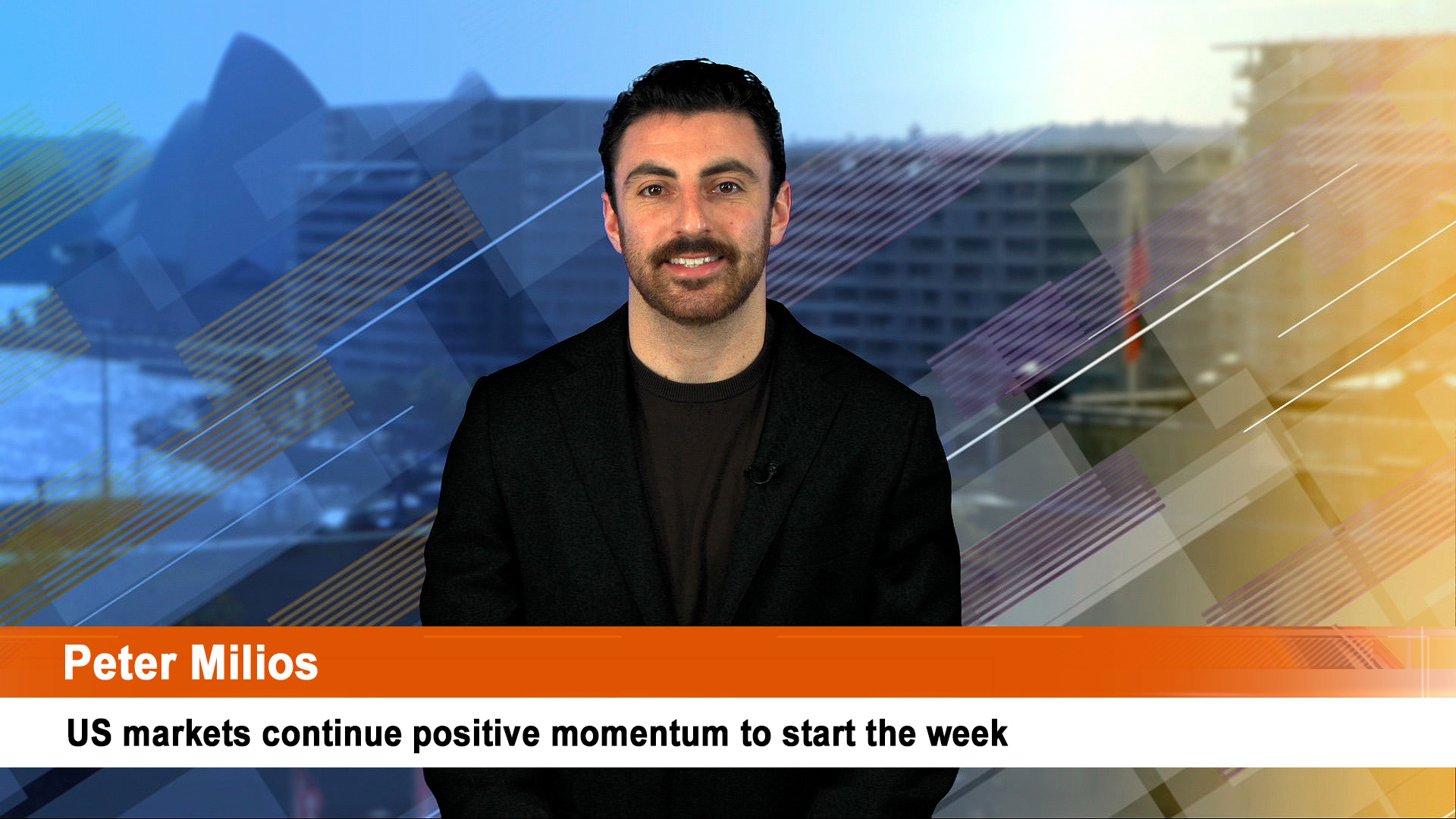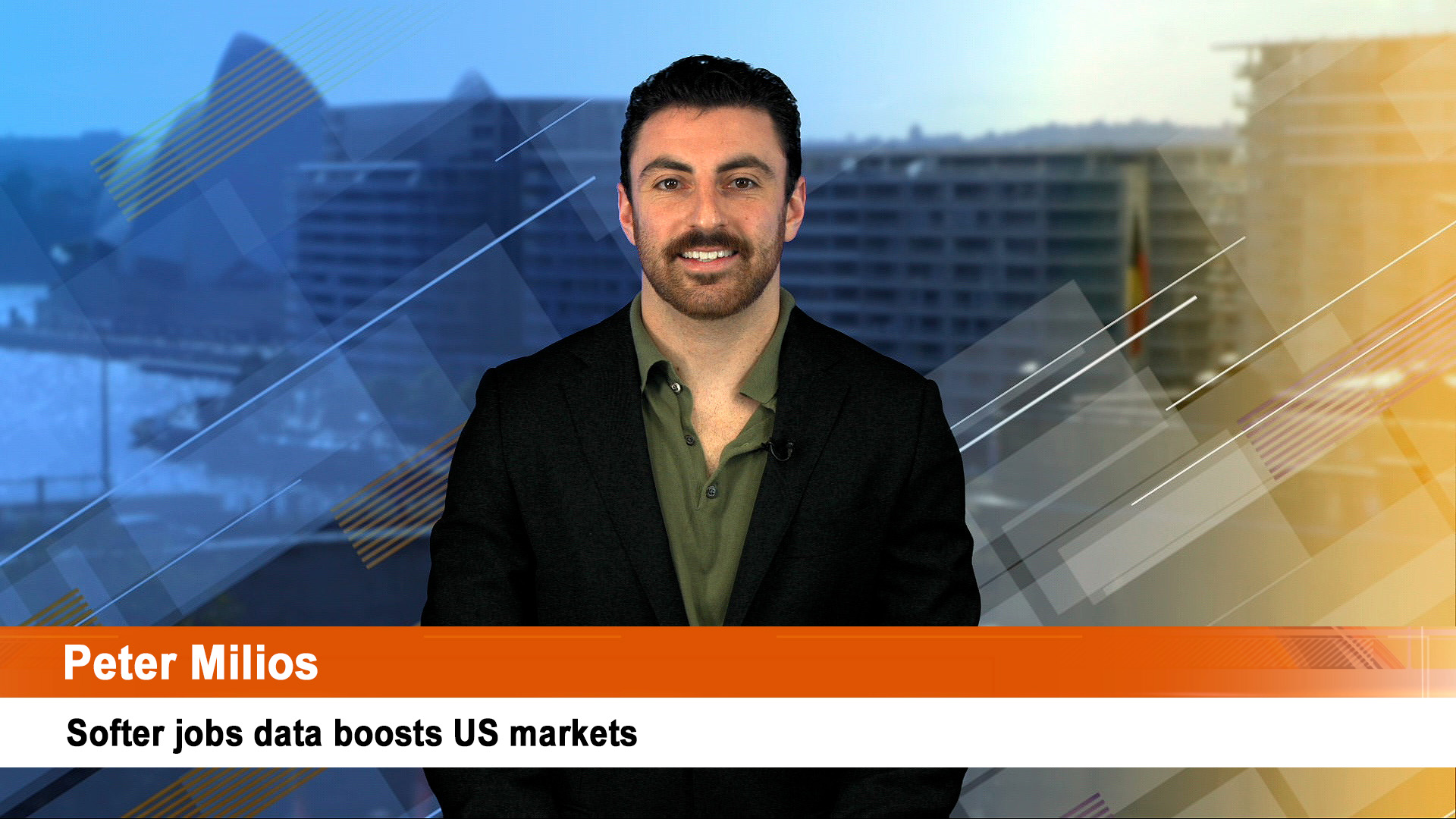Another week, oil prices, interest rates in Australia, Europe and India, Chinese trade and inflation data and US consumer price inflation for May and yet more speculation about rate rises from the Fed.
Australia will get a rate rise at tomorrow’s RBA monetary policy meeting (see separate story) – the only question is the size.
The European Central Bank (ECB) will end its quantitative easing at this week’s meeting but some economists think that with the CPI at 8.1% a year in the EU, a rate rise this month rather in July is needed. The Reserve Bank of India is also expected to raise rates tomorrow.
Friday sees the release of inflation data for May from the US and China – if the readings are surprises, markets could take a hit.
US economists and markets will continue their search for ‘peak inflation’ – there was a hint in last month’s CPI and a bigger one in the PCE inflation data that the Fed watches closely. But they were hints, nothing more definite.
Forecasts see the CPI rising 0.7% month on month thanks to higher energy prices, but this should see a slight fall in the annual rate to 8.2% to 8.3%, which is hardly a fall.
The AMP’s Dr Shane Oliver says core inflation is expected to slow further to 0.5% and 5.9% annual, from April’s 0.6% month on month rise and 6.2% annual in April.
“Of course, this will still leave inflation too high and won’t stop the Fed hiking by 0.5% at each of the next two meetings but it may not add to expectations for more aggressive Fed hikes. The renewed rise in oil prices is the main threat though,” Dr Oliver wrote at the weekend.
Economists at Moody’s wrote on Friday that “The early consensus is for the CPI to have risen 0.7% in May, an acceleration from the 0.3% gain in April. Despite the increase, year-over- year growth is expected to decelerate slightly. The consensus expects the core CPI, which excludes food and energy, to have risen 0.4% in May, putting it up 5.9% on a year-ago basis.”
The ECB is expected to confirm at its Thursday meeting that quantitative easing will stop at the end of the month consistent with President Lagarde’s recent blog.
Dr Oliver says this would leave the ECB “on track to start raising interest rates at its July meeting. While it’s likely to acknowledge risks to the growth outlook it’s likely to be more focussed on the blowout in inflation and may intimate that a 0.5% hike could be on the table for July.”
Chinese trade data for May will likely to show a pick-up in export and import growth, but the impact of the Covid lockdowns, especially in Shanghai and around Beijing and other centres, will be obvious.
There will be a slight rise in China’s CPI to an annual rate of 2.2% on Friday due to higher food and energy prices, but a fall in producer price inflation to an annual 6.5% from the high 8.0% reading in April.
Moody’s says the Reserve Bank of India (RBI) will lift its key rate by 0.4% to 4.8% as India’s consumer inflation trends above north of the RBI’s upper tolerance limit of 6% “and there is a real risk that global energy costs and the volatility in food grain supply will sustain the upward pressure on consumer prices in the near term.”
The RBI is left with little option but to proceed with further interest rate tightening, which, together with the government’s new fiscal measures should help tame inflation in the next quarter. We expect the Bank of Thailand to maintain its benchmark policy rate at 0.5%.
The final estimate of Japan’s March quarter performance will likely show that the economy contracted 0.2% quarter over quarter following a 0.9% expansion in the last quarter of 2021, according to Moody’s.
Revised first quarter GDP data will also be released by South Korea and the EU this week.













